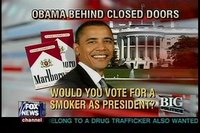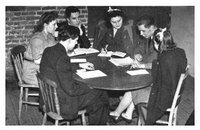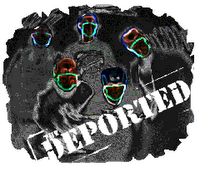his poem on prison food was meant to be amusing; this one is much more serious and clearly shows the remorse of a teen offender more than a decade into a long mandatory sentence. thanks to j. for sharing this piece of himself with all of his classmates and for allowing me to share it on this blog.
The Path I Laid
So often as the days go by
You regret the choices made
Life then grabs you by the horns
And pulls you down the path you layed.
What on earth can ease the pain
When you see your decisions were wrong
Who on earth can shoulder the burden
When you realize your dreams are gone.
All your life there’s been one thing
Just one thing in which you sought
And now it forever escapes you
It’s possible, it is, but it’s not.
Your dream is now your history
A family of your own you may never know
And the only pain you feel is loneliness
Knowing your dream will never grow.
And even though you may know
That trouble again you’d never find
So quickly life just speeds away
And leaves you so far behind.
I’ll always watch as days go by
And regret the choices made
Life has grabbed me by the horns
And pushed me down the path I layed.
(written on halloween, 2004)



 during my term as
during my term as 



